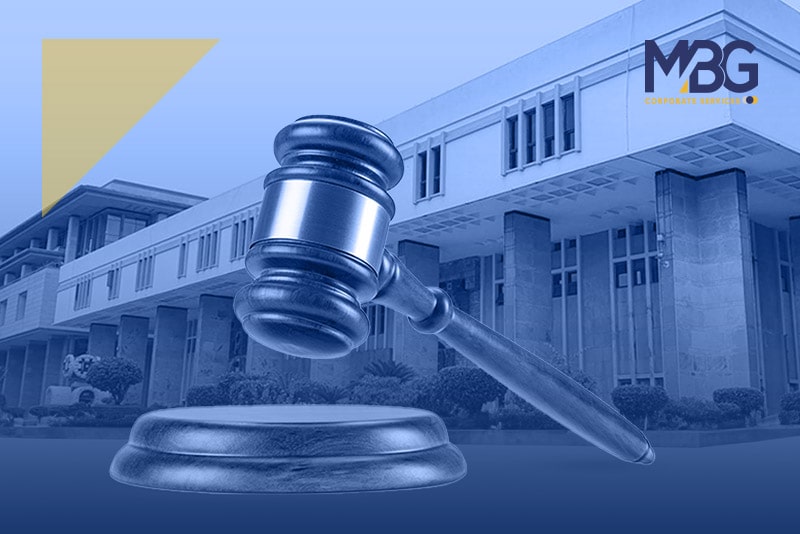TNMM Transfer Pricing: Use of ‘Other Method’ Only If Prescribed Methods Don’t Apply
December 17, 2024

The Delhi High Court in a recent decision has laid down important principles regarding TNMM transfer pricing and transfer pricing India for selection and application of the most appropriate method to compute the arm’s length price under Chapter X of the Act.
Facts of the TNMM Transfer Pricing Case
The assessee (M/S Sabic India Pvt. Ltd.), a part of the Sabic group, during the relevant previous year was engaged in provision of marketing support services to the associated enterprise against a receipt of commission at a fixed rate.
Application of TNMM vs Other Method under Rule 10B
The said transaction was benchmarked applying Transactional Net Margin Method (‘TNMM’) as the most appropriate method, using Operating Profit / Value added expenses (‘OP/VAE’) as the Profit Level Indicator (‘PLI’).
The TPO, however, discarded TNMM transfer pricing applied by the assessee and instead applied Other Method Rule 10B for benchmarking analysis in transfer pricing India. The TPO held that the assessee was a commission agent and did not enter into contracts with the customers or acquire title to any inventory. TPO held that the comparables selected by the assessee were engaged in trading operations and hence were flawed.
For application of the Other Method, the TPO selected proceeded to select uncontrolled agreements and held that median rate of commission charged / paid under the said agreements represents the arm’s length price for the marketing support services provided by the assessee. The TPO, thereafter, applied the said commission rate on the sales made by the associated enterprises in India and arrived at the arm’s length compensation for the services provided by the assessee to the associated enterprises. Accordingly, transfer pricing adjustment was made by the TPO in respect of the international transaction of provision of marketing support services.
Decision of the Dispute Resolution Panel
DRP upheld the TPO decision of rejecting TNMM and held that PO had furnished sufficient reasons justifying the application of other method
Tribunal’s Ruling on TNMM Transfer Pricing
The Tribunal deleted the adjustment made by the TPO and upheld by the DRP on the following grounds:
- TNMM was accepted as the most appropriate method in earlier years and should not be changed unless there is change in facts
- Before adopting “Other Method” under Rule 10B(1)(f), the TPO was required to give reasons for discarding the other five methods specified in Clauses (a) to (e) of Rule 10B(1)
The Tribunal relied on the earlier decision in transfer pricing India cases like Sumitomo Corporation India Private Limited vs CIT 387 ITR 611 (Delhi) and Li & Fung India Pvt. Ltd. vs CIT 361 ITR 85 (Delhi) to support that TNMM transfer pricing with Berry ratio as the Profit Level Indicator (PLI) is the most appropriate method.
High Court TNMM Ruling and Key Observations
The Revenue challenged the order of the Tribunal before the Delhi High Court. The High Court highlighted that TNMM had consistently been accepted by the Revenue as the most appropriate method from assessment year 2009-10 to 2014-15.
The High Court, accordingly, upheld the order of the Tribunal holding that:
- The TPO was not justified in rejecting TNMM unless there is change in facts and same has been accepted by the Revenue in the preceding years.
- TPO was not justified in rejecting TNMM and applying the Other Method without providing any justification or sound reasons.
Key Takeaways for Transfer Pricing India
The High Court has undertaken a detailed analysis of the provisions of Rule 10AB and on that basis, held that recourse to the ‘Other Method’ is available only if none of the Other Methods are considered as the most appropriate method.
To justify that the method applied by the taxpayer is the most appropriate method, it is advisable that the taxpayer in its transfer pricing study provides reasons for rejection of all other methods, no matter, if it is about choosing TNMM as the most appropriate method or ‘Any other method’ as the most appropriate method.
Even for the purpose of application of the ‘Other Method’, it is necessary to at least place on record reliable market data with respect to comparable uncontrolled transactions.








